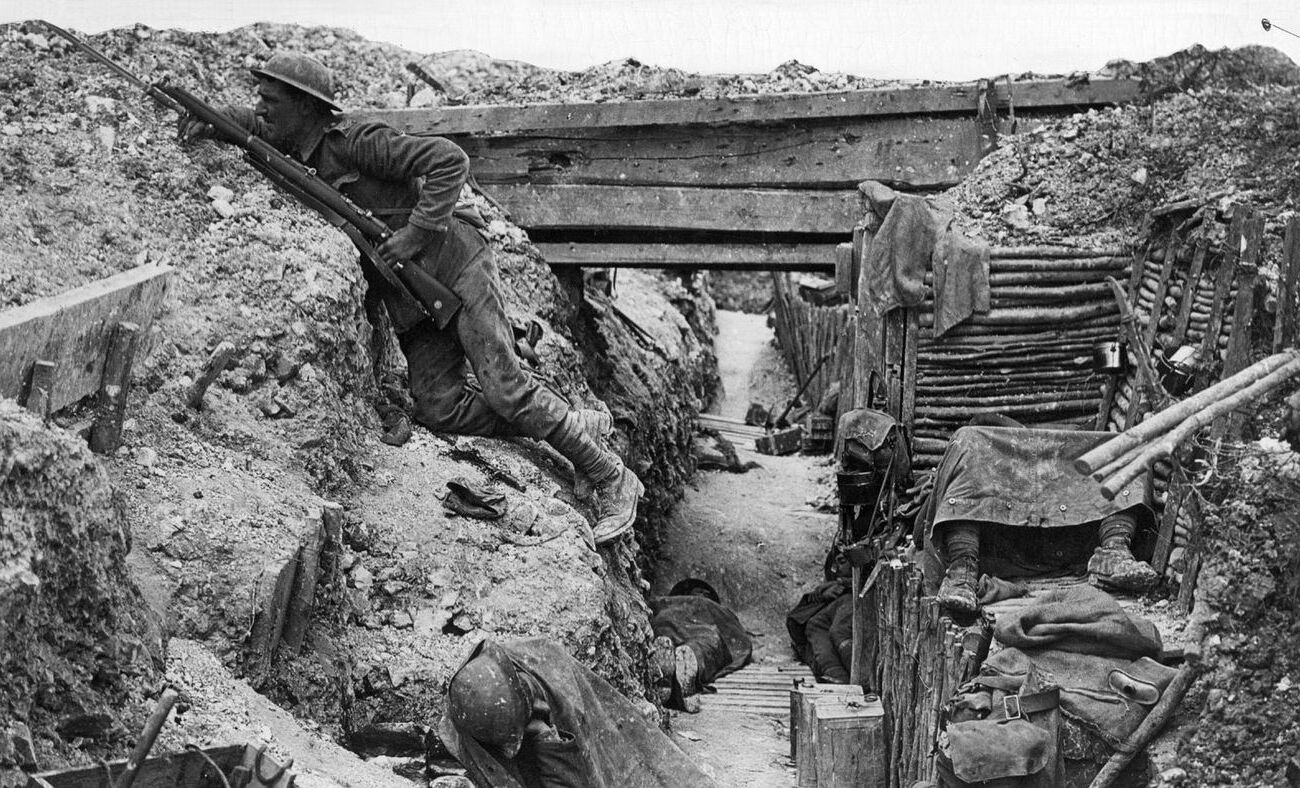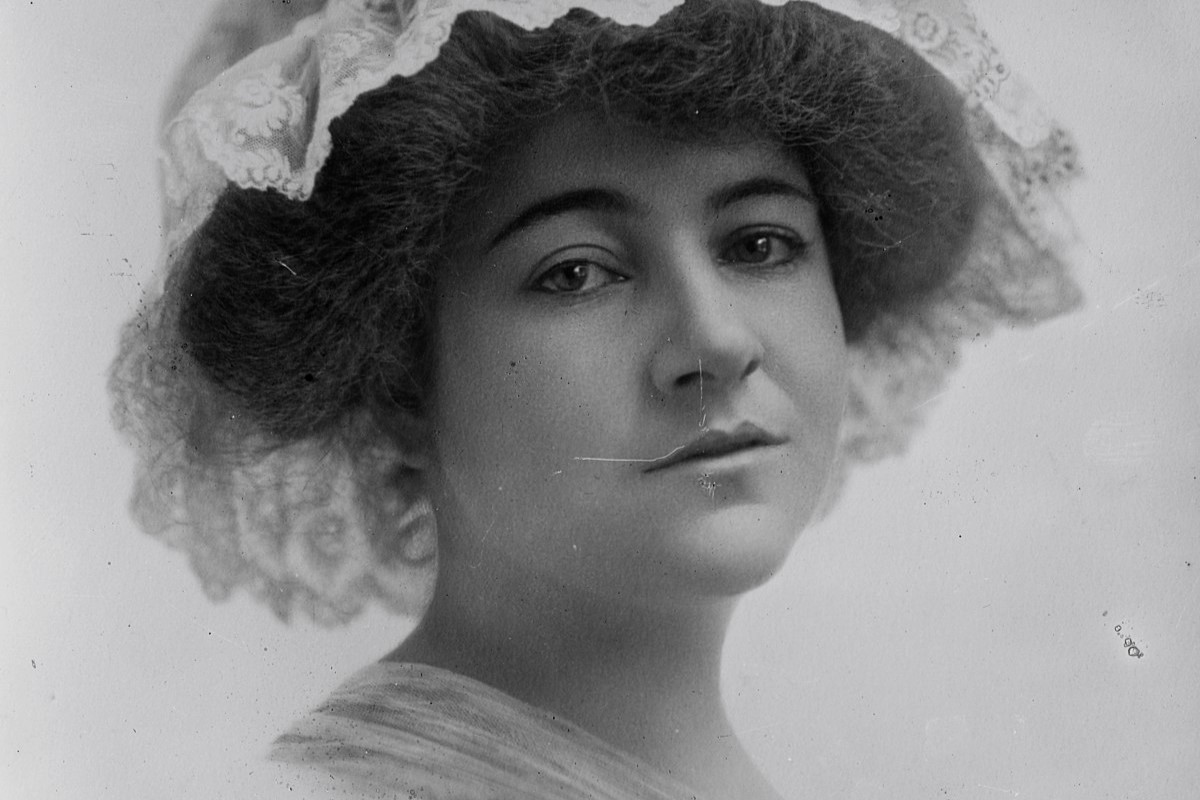
World War I, also known as the Great War, was a global conflict that lasted from 1914 to 1918. It involved many of the world's great powers, divided into two main alliances: the Allies and the Central Powers. This war reshaped borders, toppled empires, and changed the course of history. But what really happened during those four tumultuous years? Why did it start? Who were the key players? What were the major battles and turning points? In this post, we’ll dive into 27 fascinating facts about World War I that will give you a clearer picture of this monumental event. Buckle up, history buffs!
Key Takeaways:
- World War I began in 1914 after the assassination of Archduke Franz Ferdinand, quickly involving many countries and leading to devastating battles with new weapons and tactics.
- The war had a profound impact on civilians, leading to societal changes, the spread of disease, and the reshaping of the world through peace treaties and political shifts.
The Outbreak of World War I
World War I, also known as the Great War, began in 1914. It was a conflict that involved many of the world's great powers. Here are some fascinating facts about how it all started.
- The assassination of Archduke Franz Ferdinand of Austria-Hungary on June 28, 1914, triggered the war.
- Gavrilo Princip, a member of the Black Hand, a Serbian nationalist group, carried out the assassination.
- Austria-Hungary declared war on Serbia on July 28, 1914, exactly one month after the assassination.
- The war quickly escalated as alliances formed, pulling in countries like Germany, Russia, France, and the United Kingdom.
- By August 1914, most of Europe was embroiled in the conflict.
Major Battles and Fronts
World War I saw numerous significant battles and fronts. These battles were often characterized by trench warfare and massive casualties.
- The Battle of the Marne in September 1914 stopped the German advance into France.
- Trench warfare became a defining feature of the Western Front, stretching from the North Sea to the Swiss border.
- The Battle of Verdun in 1916 was one of the longest and costliest battles, lasting nearly 10 months.
- The Battle of the Somme, also in 1916, saw over one million casualties, making it one of the bloodiest battles in history.
- The Eastern Front saw significant battles between Germany, Austria-Hungary, and Russia, with the Battle of Tannenberg being a notable German victory.
Technological and Tactical Innovations
World War I was a period of rapid technological and tactical innovation. Many new weapons and strategies were developed during this time.
- Tanks were introduced by the British in 1916 during the Battle of the Somme.
- Poison gas, including chlorine and mustard gas, was used for the first time, causing horrific injuries and deaths.
- Airplanes were initially used for reconnaissance but later became involved in aerial combat and bombing raids.
- Submarines, particularly German U-boats, played a significant role in naval warfare.
- Machine guns became a dominant weapon on the battlefield, leading to devastating losses during infantry assaults.
The Home Front and Civilian Impact
The war had a profound impact on civilians and the home front. Societies were mobilized for total war, affecting every aspect of daily life.
- Women entered the workforce in large numbers, taking on roles traditionally held by men who were now soldiers.
- Rationing of food and materials became common in many countries to support the war effort.
- Propaganda was widely used to maintain public support for the war and boost morale.
- The Spanish flu pandemic of 1918-1919 killed millions worldwide, further straining societies already devastated by war.
- Many cities and towns near the front lines were destroyed, displacing countless civilians.
The End of the War and Its Aftermath
The war eventually came to an end in 1918, but its effects were felt for many years afterward. The peace treaties and political changes reshaped the world.
- The United States entered the war in 1917, providing a significant boost to the Allied powers.
- The Russian Revolution in 1917 led to Russia's withdrawal from the war and the rise of the Soviet Union.
- The armistice on November 11, 1918, marked the end of fighting on the Western Front.
- The Treaty of Versailles, signed in 1919, imposed harsh penalties on Germany, including significant territorial losses and reparations.
- The League of Nations was established in 1920 to promote peace and prevent future conflicts, although it ultimately failed to stop World War II.
- The war led to the collapse of empires, including the Austro-Hungarian, Ottoman, German, and Russian Empires.
- World War I significantly influenced art, literature, and culture, with many works reflecting the trauma and disillusionment of the time.
Final Thoughts on World War I
World War I, often called the Great War, reshaped the world in ways still felt today. From the introduction of trench warfare to the use of chemical weapons, the conflict brought unprecedented changes to military tactics and technology. The war also led to significant political shifts, including the fall of empires and the rise of new nations. The Treaty of Versailles, which ended the war, set the stage for future conflicts, including World War II. Understanding these facts helps us grasp the profound impact of World War I on global history. It’s a stark reminder of the costs of war and the importance of striving for peace. As we reflect on these events, we honor the sacrifices made and the lessons learned, ensuring that such a devastating conflict never happens again.
Frequently Asked Questions
Was this page helpful?
Our commitment to delivering trustworthy and engaging content is at the heart of what we do. Each fact on our site is contributed by real users like you, bringing a wealth of diverse insights and information. To ensure the highest standards of accuracy and reliability, our dedicated editors meticulously review each submission. This process guarantees that the facts we share are not only fascinating but also credible. Trust in our commitment to quality and authenticity as you explore and learn with us.


